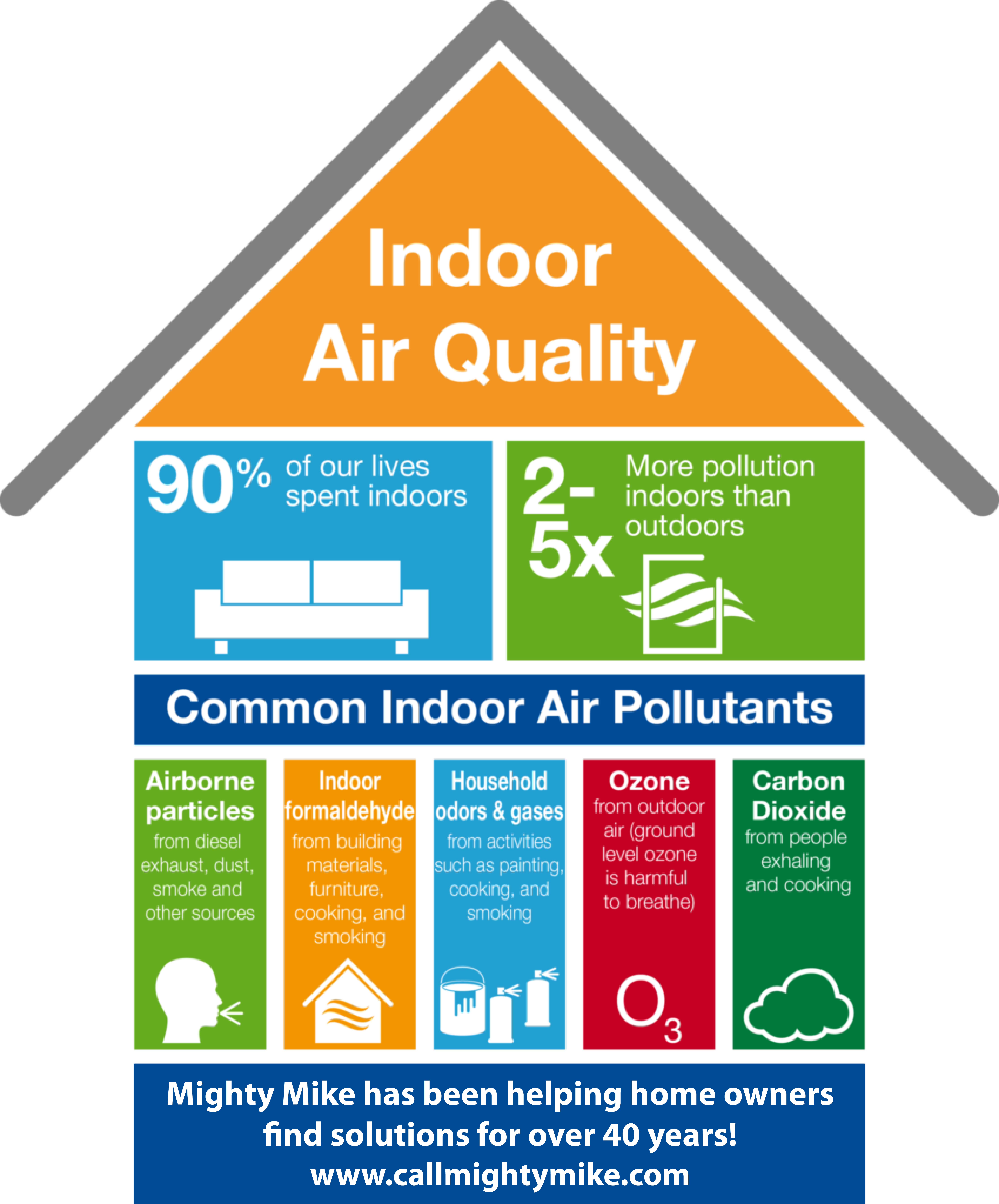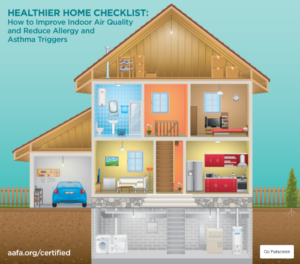Did you know the Environmental Protection Agency (EPA) reported that indoor air pollution levels can be 100 times higher than the air outside? Combine that with the facts that the average person spends 90% of their time indoors and that polluted air causes 94% of all respiratory problems, and the importance of indoor air quality is pretty clear. If you suffer from asthma or allergies, installing an air purification system in your home can change your life. Humidity levels in the RGV are high; coupled with the heat, the high humidity creates a perfect environment for mold growth. Local environmental allergens such as pollen, ragweed, and grass are recirculated through your home along with the mold unless you install a whole-home air purifiying system.
WHY INSTALL AN AIR PURIFYING SYSTEM?
Home air purification systems can turn your home into a clean air haven, and you won’t have to suffer from allergy and asthma symptoms any longer. If you have an allergy or asthma sufferer in your house, make sure you take every possible measure to reduce their respiratory discomfort. Your family’s health is too important to ignore. Mike’s Plumbing, Electrical & AC offers all the products and services you need to keep the air in your home as pure and healthy as possible.
WHAT TYPE OF SYSTEM DO I NEED?

Air purifiers with pleated filters use fans to force air through a dense web of fine fibers that traps particles. Filters with very fine mesh are HEPA filters—those certified to collect 99.97 percent of particles of a certain size (0.3 microns in diameter—smoke and paint pigments, for example). HEPA filters can remove larger particles, too, including dust, pollen, and some mold spores while they’re suspended in the air. As for limitations, mechanical filters don’t help with gases or odors. And they can be expensive to maintain. Mechanical filters need replacing every six to 12 months.

Rather than catch particles like mechanical filters, sorbent filters use activated carbon that can adsorb some odor-causing molecules from the air. They may also tackle some gases, but they’re not particularly effective against formaldehyde, ammonia, or nitrogen oxide. Because they don’t combat particles, many air purifiers will include both an activated carbon filter and a pleated filter for catching particles. Activated carbon gets saturated faster than a pleated filter, though, and requires replacement more frequently—every three months as opposed to every six to 12 months for pleated filters.
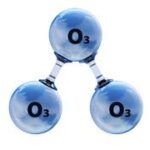
Benefits of Ozone
Ozone is a molecule that is very effective at reacting with and eliminating strong odors and airborne chemicals. Ozone naturally has a very fresh scent to it, similar to that of “crisp” smelling air freshener. The combination of a fresh smell and the ability to remove unpleasant odors effectively makes Ozone very appealing to many consumers as an air purifying chemical/device.
Dangers of Ozone
Ozone is an unstable oxygen molecule (O3) that reacts anything it bumps into. Because ozone can react with and break down anything it comes in contact with, it makes this chemical very effective for removing odors and killing mold and mildew. Many individuals tout the benefits of Ozone air purifiers, while at the same time many other people are very negatively affected by them. What causes this wide discrepancy in how people perceive and use these devices?

An Ionizer purifies the air by electrically charging air molecules. As a result, it can remove tiny particles of dust and dangerous airborne infections. These electrically charged ions also make particles too heavy to float in the air, and that’s why they just collect on the plates or fall down on the floor. It would be a very good idea to use this type of air purifier in the gym, for example. Be sure to DISTINGUISH Ionizers from ozone generators. Ozone generators are not as efficient as their competitors and they may also be harmful to people.
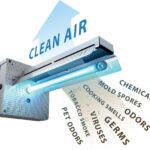
Some manufacturers claim their air purifiers kill airborne viruses, bacteria, and fungal spores with UV lamps. But some bacteria and mold spores are resistant to UV radiation. To work, the UV light must be powerful enough and the exposure must last long enough.
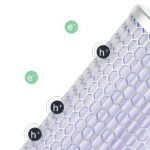
PCO uses ultraviolet radiation and a photocatalyst, such as titanium dioxide, to produce hydroxyl radicals that oxidize gaseous pollutants. Depending on the pollutant, this reaction can sometimes generate harmful byproducts, such as ozone, formaldehyde, nitrogen dioxide, and carbon monoxide. There have been few field investigations done on the effectiveness of PCO air purifiers, but one laboratory study conducted by researchers at Syracuse University in New York reported that the devices did not effectively remove any of the volatile organic compounds (VOCs) typically found in indoor air.
A variant of PCO known as PECO emerged more recently and Studies are inconclusive.


